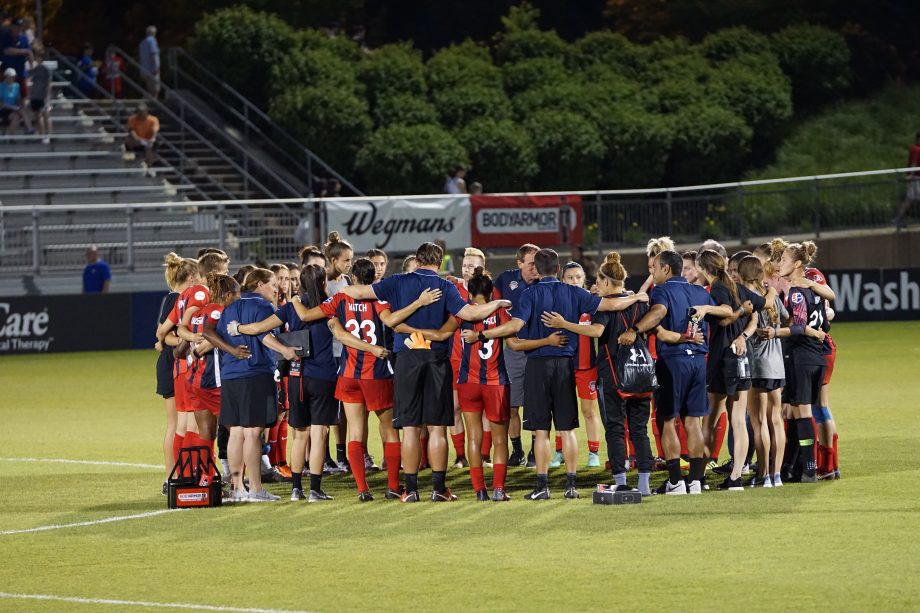After introducing the Modern Athlete topic last week, we will start talking about three different needs of this new and special generation of athletes: need for understanding (the “Why’s”); need for realness (The Relationships) and lastly, the need for individualization (the “Me”). I will dive deep into each one of these needs and why I selected them as main necessities to take into consideration in my job.
20 years ago, coaching was much more one-way than it is today. Coaches needed to be prepared to lead a team, to be strong, the alpha male in the room and to make sure what they say is being followed by everyone else, without questions or suggestions. Not every coach was like that, but it isn’t too hard to assume this was probably true about 90% of them. Not in a negative way, but because that’s how our society was, post-wars and very influenced by military education.
As everything in our world, times are different now, and our education and perception of leadership have shifted a little bit, from the coaching side, but also from the athlete’s side. Starting with the “The Why’s”, no, they do not end after kids are about 10 years old. In fact, the older kids get nowadays, the more information they have access to, and the more they know about topics they did not know about before. More information hopefully leads to more reflection, more reflection leads to more questions. Players today will not take “because I say so” as an answer. They want to know why, they will think about it, and they will, not intentionally, question our methods if something doesn’t feel right. I know this is not a popular opinion, but I love it about our younger generations. They force me to be more prepared about my sessions, about each detail, about each intervention and decision I make, which will inevitably force me to be a better coach every day.
Questioning isn’t necessarily a bad thing. It can show interest from the players, but it can also be an opportunity for us to show, in front of the entire team, that what we are saying is correct and that with the current resources we have at our disposal (technology being the main one) we can use these situations to prove our point and to keep building our identity as a team (on and off the field). I love practical examples, so let’s do this: 15 years ago, if a coach would have said that a player didn’t win enough tackles in a game, there were two possible outcomes: the player agrees and we move on, or the player says, “that is not true”, and we simply would never know who is right. Today, with VO Stats, a great platform for statistical analysis of our teams, this would never happen to one of my teams. Why? Because I can use technology and stats about our games to prove what I am saying. Just like video analysis, stats can be a great resource to analyze our job and the players’ performance (going back to our first monthly topic).

My main take away is: for every why, we need to have a good enough answer. These generation demands good coaching and prepared coaches, and it is our job to live up to those standards. We’ll come back next week with “The relationships” built in a team.

